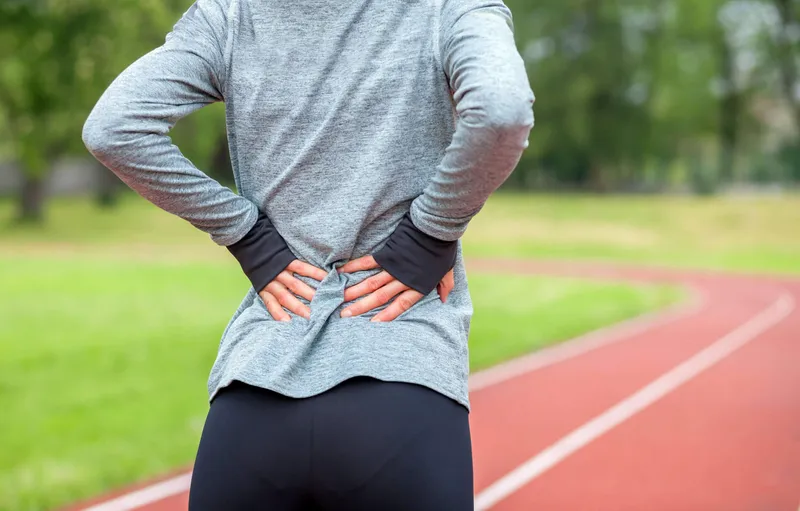![]() Whatsapp: +86 15227394726 Email: info@zingcont.com
Whatsapp: +86 15227394726 Email: info@zingcont.com
Sports common problems of waist injury

The waist is mainly supported by the lumbar spine, relying on muscles and ligaments to maintain the stability of the waist, and there are unstable factors in its own structure; the interaction between exercise load and waist load-bearing posture in sports training is the main factor affecting sports-induced waist injuries. The bones and muscles of the waist have the important functions of maintaining the stability of the body posture, transmitting the strength of the upper and lower limbs, and completing various technical movements. Once the waist is injured, it will affect the ability to exercise and cause a decline in the effect of exercise.
Sports waist injuries mainly have the following characteristics:
(1) The characteristics of different types of motion lead to adaptive changes in the morphology of the spine
(2) Decreased waist muscle strength increases the risk of waist injury
(3) Weakness of overall core strength
Here are some tips to prevent back injuries:
(1) First of all, the understanding of the stability of the anatomical structure and physiological functions of the waist should be improved. The pathogenesis of most lumbar injuries is the changes in the anatomical structure of lumbar tissues and the disturbance of physiological functions. The strength of the muscles controlling the lumbar region should be improved, especially the strength of the small deep muscle groups that maintain lumbar stability.
(2) Pay attention to the correct posture when the waist bears weight. A certain wrong posture for a long time will make the individual engage in repetitive labor or reduce the stability of maintaining the posture, and then easily cause the lumbar spine to be injured again. Any technical action has a body posture that is most in line with the biomechanical structure of human sports. Coaches and athletes should improve their anatomical and biomechanical knowledge, and constantly rationalize sports techniques.
(3) Attention should be paid to the long adjustment period of exercise and the maintenance of waist strength after aging. During the high-intensity training, after the heavy-load preparation period and the competition period, if a long period of adjustment is arranged, attention should be paid to the maintenance training of the waist muscle strength.
(4) Increase the density of waist injury monitoring in key periods. For long-term sports training, the special improvement stage and the best competitive stage are the stages with the largest exercise load. It should be a key period for waist injury monitoring. Secondly, in daily training, training days with heavy load or high load intensity, as well as athletes’ special periods, special psychological states, and when athletes adapt to the new training environment should all be important monitoring periods for waist injuries.
